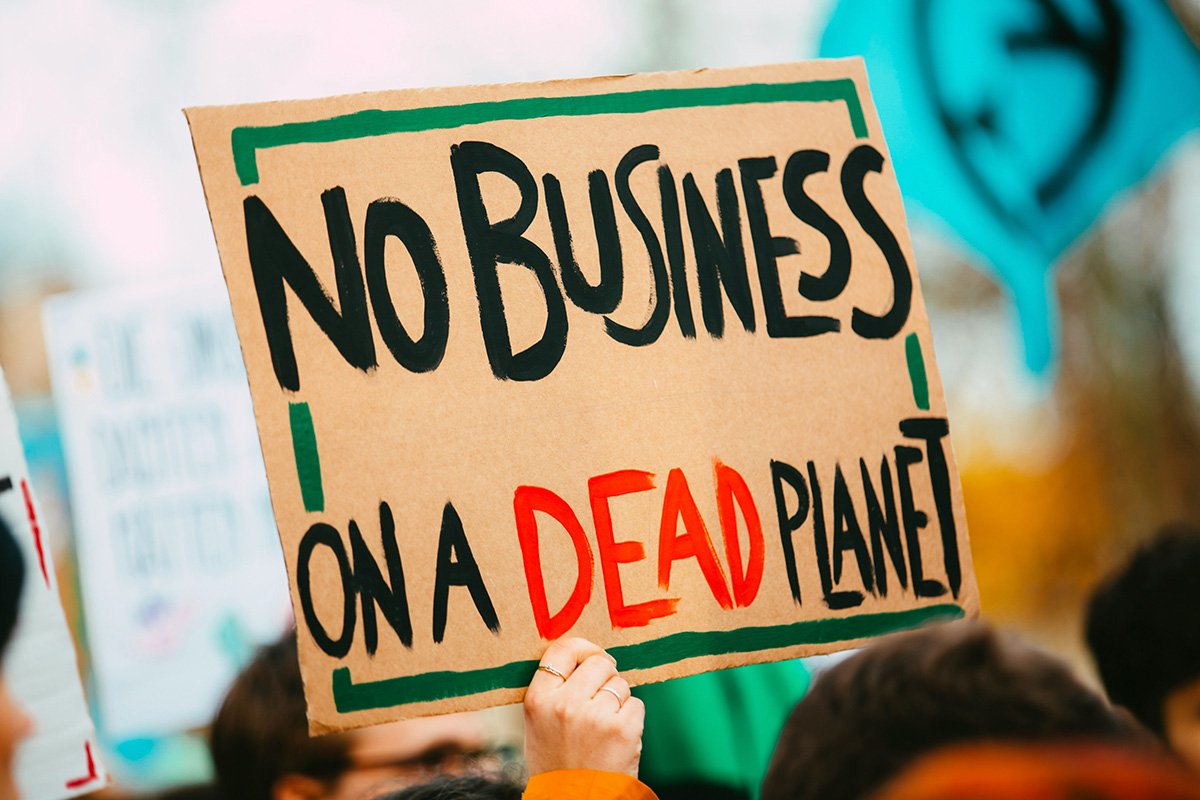
I am beginning to believe that the notion of so-called “strategic philanthropy,” in all of its beguiling and shape-shifting forms, is a very powerful accomplice in transforming the funding ecology and structure of the nonprofit sector. Quite simply, it shifts the onus for creativity and decision making to those who have control of the finances and narrows, in many cases, the number of groups with whom philanthropists have to reciprocally communicate as they “focus” ever more acutely not just on the outcomes they hope for but on their preferred strategy for production of those outcomes. And this smaller number of grantees become the anointed—the chosen.
The Hunger for Impact Is Fierce
In the midst of a huge upheaval in social and economic structures and in the face of institutional betrayals and failures of all kinds in every sector, many philanthropists have for some reason become enamored with notions of the transformative formulas of business. The tidy market-based logic and technocratic traditions of business lure us like a siren song. They underwrite our discussions about how to fix the world because the perspectives and values are familiar and now accepted as the norm in public. They offer simple (possibly simple-minded) linearity and predictability in a world of complexity.
In this context, we look to data for solace. Our information society feeds our hunger for measurement. While each of us may express it differently, we are consumed with monitoring, evaluation, metrics, and benchmarks. We want to know what works and hear stories of impact and accountability. We want our assurances and we want them now!
The interest in measuring outcomes and documenting impact has been gaining momentum since the late 1960s. The difference today is that the movement, with its truckload of baggage, is about to shift into its passing gear and step on the gas pedal. The problem is that it is distinctly overweight for the sharp curves and steep slopes and precipices we are sure to encounter. Get ready for a bumpy ride.
We Want Hero-Leaders and Their Tales of Transformation
Social entrepreneurs and social innovators embody this new narrative of data-driven outcomes. They are the celebrities of the nonprofit world and the darlings of deep-pocketed funders. Well-groomed in their pleated khaki and fully credentialed with Ivy League MBAs and MPAs, they embrace the myth of hero-leader in society. And why not? It pays the bills. They are at ease with the new vernacular. They charm us with the powerful symbolism of measurement and metrics to tell their story. In the soft glow of the digitized campfire, social innovators provide a seductive counter-narrative to the way we solve social problems. “No more business as usual” is an ongoing theme in the cheery litany of success stories about social innovation. These stories release dopamine in our brains.
And telling their story is easier than ever. It is amplified by an emerging social, organizational, funding, and information network. The conversation about what innovation is and the 765th blog post about what makes a social entrepreneur is bigger and noisier, sexier and better funded than most other dreary conversations in the nonprofit sector. And it all comes with that wonderful new car smell.
Sign up for our free newsletters
Subscribe to NPQ's newsletters to have our top stories delivered directly to your inbox.
By signing up, you agree to our privacy policy and terms of use, and to receive messages from NPQ and our partners.
Philanthropy’s Quest for a Strong Identity and Sense of Mission
Like it or not, the buzz of social innovation and enterprise development has become a touchstone for philanthropy. It comes at a time of deep soul searching about how philanthropy can make a difference in the world. Before the Internet, foundations discussed their existential crisis in hushed tones over chicken Caesar salads in drab hotel ballrooms. Any deep discussion about the failure of philanthropy to be more effective in addressing social problems was politely contained in a handful of sleepy academic or trade publications.
Today, the field of philanthropy is seeing a relative explosion of conversations, debate, and reflection about how it can be more effective. Add to this rich exchange of information a dose of organizational narcissism, careerism, and peer pressure and you get a frenzy of personal profiling and experimentation like teens at a high school dance.
Foundations are falling all over themselves to come into their own as the strategic drivers rather than the funders of change—learning, listening, tweaking, and exploring their new collective toolbox. It is chock-full of alternative funding models, funding collaboratives, communication strategies, and a complete set of shiny replicators, incubators, and aggregators. And speaking of movers and shakers, let’s not forget the growing influence of the Gen-X and Millennial upstarts and their developmental needs. As new leaders itching to exert their charitable impulses, they seem far less inclined to follow the genteel philanthropic code of conduct.
When they eventually gain their footing in between their tweets and Facebook status updates, we can expect a dramatically changed relationship between the adherents of strategic philanthropy and their grantees, if indeed they still exist. While the constant moving and shaking may be invigorating for funders, it can be dizzying to the nonprofit sector. I am always impressed by how some nonprofit organizations are able to constantly navigate a parade of constantly moving hoops and funder initiatives du jour. Let’s be thankful that nobody has gone postal …yet.
Funders Are Attracted and Distracted by Choice and Unlimited Opportunity
Foundations are swimming in a sea of choice like four-year-olds in a gigantic cereal aisle. The choice is theirs and often non-negotiable as more and more foundations declare themselves closed to proposals from the uninitiated. A funder can choose from any number of networks, coalitions, alliances, or hybrid organizations. They can give to tertiary, intermediary, ancillary, or pecuniary organizations. Hey, they can even build their own from scratch. What foundation on the planet hasn’t heard the battle cry to shift from responsive grant making to more directive, high-engagement grant making?
As foundations channel surf to find the ideal choice, there will always be a motivation to find the “next thing,” a “third-way,” a “fourth sector”—in other words, the ever-elusive ideal state of being. The many forces that compel funders to focus focus focus will no doubt get stronger. It is inevitable in the current chaos. But what does this conversation and cultural shift leave out? Who does it leave out? How might it reinforce social inequities and structures of power and privilege? Should we pay attention to how these forces can be as destructive as they are creative? Are we up to the challenge of tipping the balance toward the creative? What do you think?
Prentice Zinn is a director of GMA Foundations, a philanthropic services organization located in Boston, Mass.











